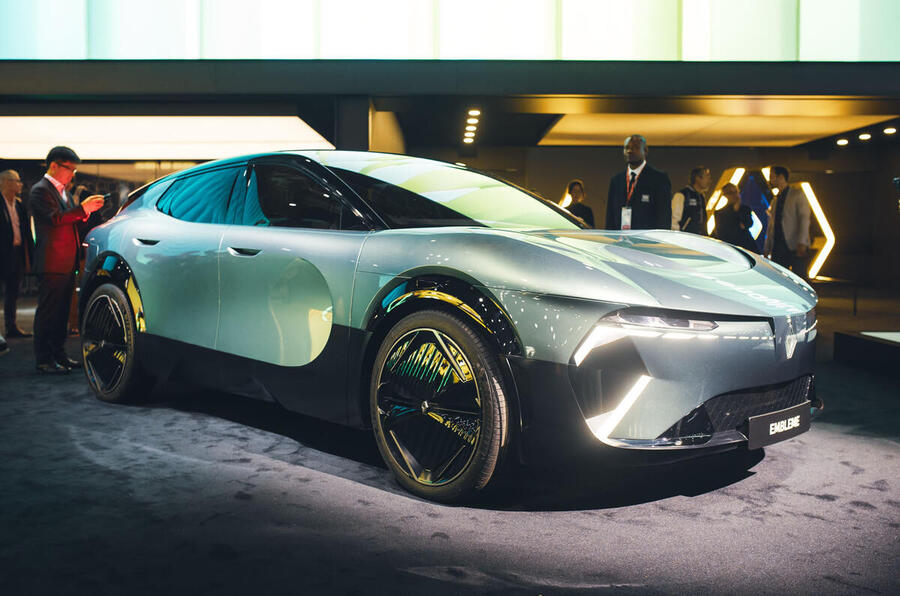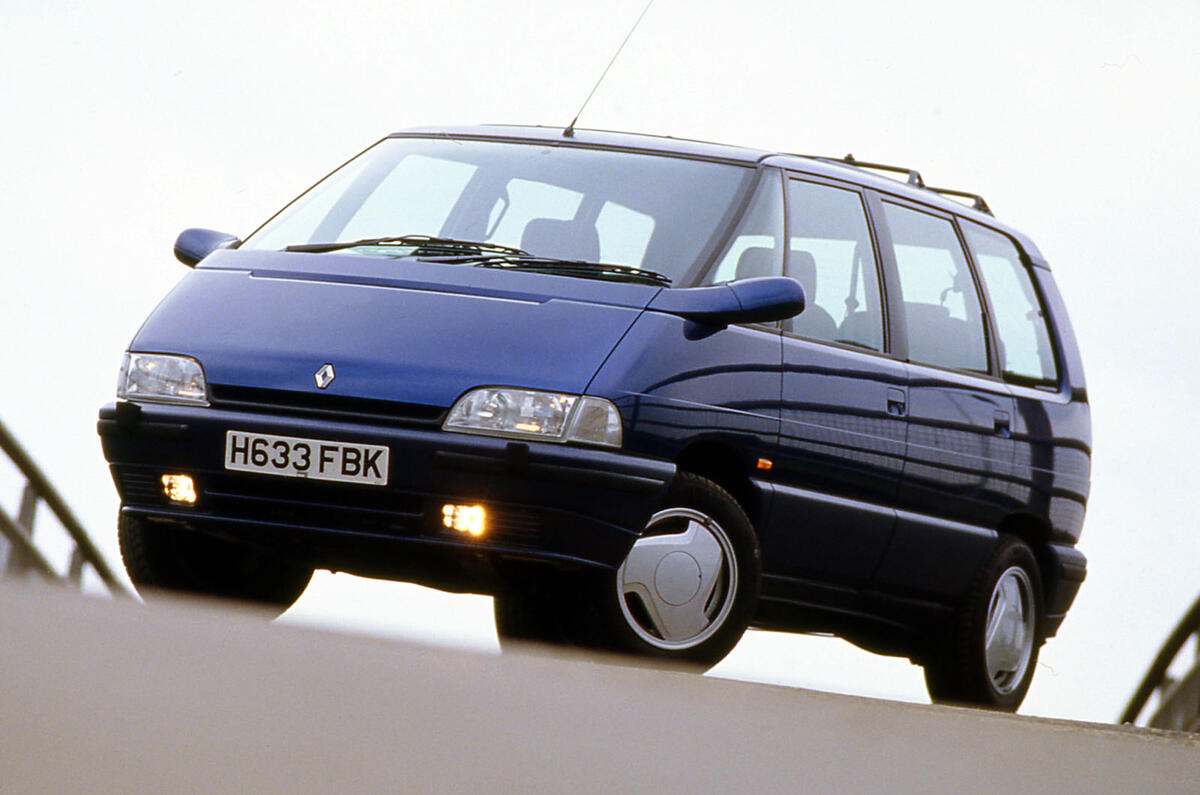Renault design boss Gilles Vidal predicts the people carrier could make a comeback to shake up the family car market as designers explore new ways of boosting efficiency and depart from the hallmarks of conventional SUV styling.
People carriers, or multi-purpose vehicles (MPVs), used to be big business in Europe, with the likes of the Renault Scenic, Vauxhall Zafira, Ford Galaxy and Citroën Picasso claiming a huge share of the regional car market (the segment accounted for more than 10% at one point) on the basis of their ability to accommodate seven occupants in a tall cabin, while occupying a footprint comparable with an estate car.
The decline of the MPV began in 2006 when Nissan launched the Qashqai - effectively the genesis of the crossover segment, which would come to be the default choice for family motoring and dominate Europe's car market. Currently, SUVs account for more than half of all European car sales, while MPVs have dropped to a market share in the low single digits.
But Gilles Vidal says the transition to electrification could bring about a renaissance for the MPV segment, as car makers strive to make their vehicles as efficient as possible and exploit the packaging freedoms of EV ‘skateboard’ architecture.
He said: "SUVs won the battle against the MPVs because MPVs are cars that you need but you don't desire, and suddenly SUVs with the same engines, same weight, same everything - they are shapes that you will desire.
"Now there's an SUV bashing going on in Europe, especially. You would never do MPV bashing because it's a very respectable family car - but it's equally polluting, equally heavy, equally everything, so that's a weird society twist."
Vidal added that the general concept of an SUV "is still attractive today for most people, and still a functional car in terms of size, roominess and practicality". But he said that as cars become more aerodynamic in pursuit of efficiency, we could see a return to lower, sleeker and more MPV-like silhouettes.
"What will probably happen with SUVs is they will try to be more and more efficient, so maybe slightly lower and better in aerodynamics. They will morph into a very efficient car, less energy consuming, with equivalent habitability and roominess and everything that's probably the trend."
He said Renault's segment-straddling Emblème concept (pictured below), due in production in the coming years as the first of a new-generation electric car line-up, is a “morphing of all of that” – with a raised ride height but a sleeker, lower profile than any of Renault’s current SUVs.

MPVs are already playing an important role in China, the world’s biggest car market, where manufacturers such as Zeekr, Lynk&Co, Li Auto, Denza and Xpeng have each launched luxurious three-row people movers with technology and refinement to rival limousines like the Mercedes S-Class and BMW 7 Series.
Vidal suggested that this quest for efficiency could ultimately prompt an all-out rethink for Europe’s most popular type of car: "What could kill SUVs? That's the interesting question. Maybe MPVs could come back in a sexier, desirable shape or form.”
However, he said, MPVs would be broadly comparable with SUVs in terms of energy consumption and material usage: “In the end, they wouldn't be lighter or less energy-consuming - maybe slightly better in aerodynamics, so that would maybe be the win.
“I see two trends: super-efficient SUV transformation, and maybe a big comeback of sexy, desirable MPVs.”
Autocar has previously reported that Renault was considering a retro revival for the Espace MPV, using the Scenic's AMPR Medium platform as the basis for a sharp-nosed electric seven-seater to rival the Volkswagen ID Buzz.
However, Vidal said the Renault 4, 5 and Twingo will be the company's only retro-styled designs for the foreseeable future. "For everything else, we will go future. We will go innovative. We want to be super-innovative, but we don't want to be sci-fi, futuristic, and lack personality or emotion.
"We don't want robots. We want emotional cars, which could make them more classical."








Join the debate
Add your comment
I have long felt that the Crossover/SUV is a matter of style over substance. Having recently returned from China it was interesting to note that both MPVs and Saloons continue to be popular because I guess they better fulfil the practical needs of their drivers. My neighbour has had two VW Touran's which when I see loaded up with a family of 5 I think of as such a sensible car all within much the same footprint of a Golf. An ID.2 based successor would be terrific. As a BMW i3 owner I regret that BMW do not offer an i2 Active Tourer than trying to convince us that the iX1 is the i3's successor.
Anyway I really do hope MPVs make a comeback. There should be room for all different types of cars.
My Dad's favorite car of the last 20 years was a 2011 Ford C-Max Titanium in black. He loved that car. It was well made drove great comfy and stylish. He preferred it over the 2007 S-Max he had before it while a good car was too big for him and not well built and the dull 2004 Mondeo he had as well.
Just imagine someone making a retro-cool, small footprint, high-driving position, ocasional 6 / 7 seater with a back-to-basic chic interior like a true successor to the VW T1 minibus. And that doesn't mean a £70k ID Buzz, but a truly affordable and fun people carrier.
The Kia PV5 looks promising, but a bit on the big side for people wanting to swap their car for one.